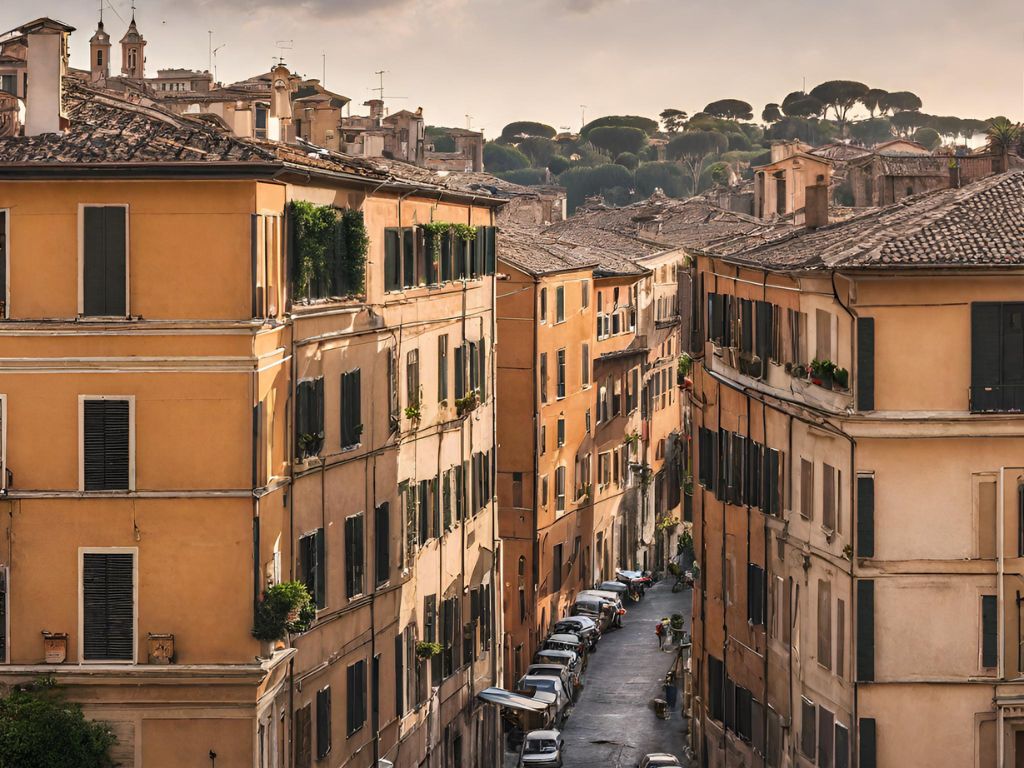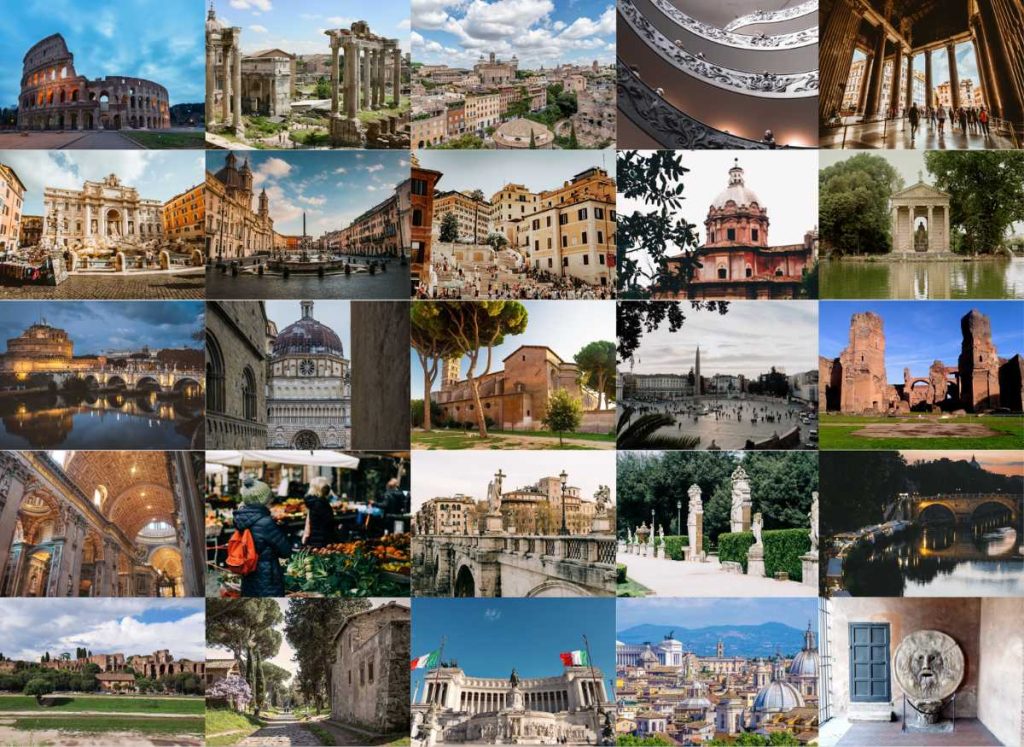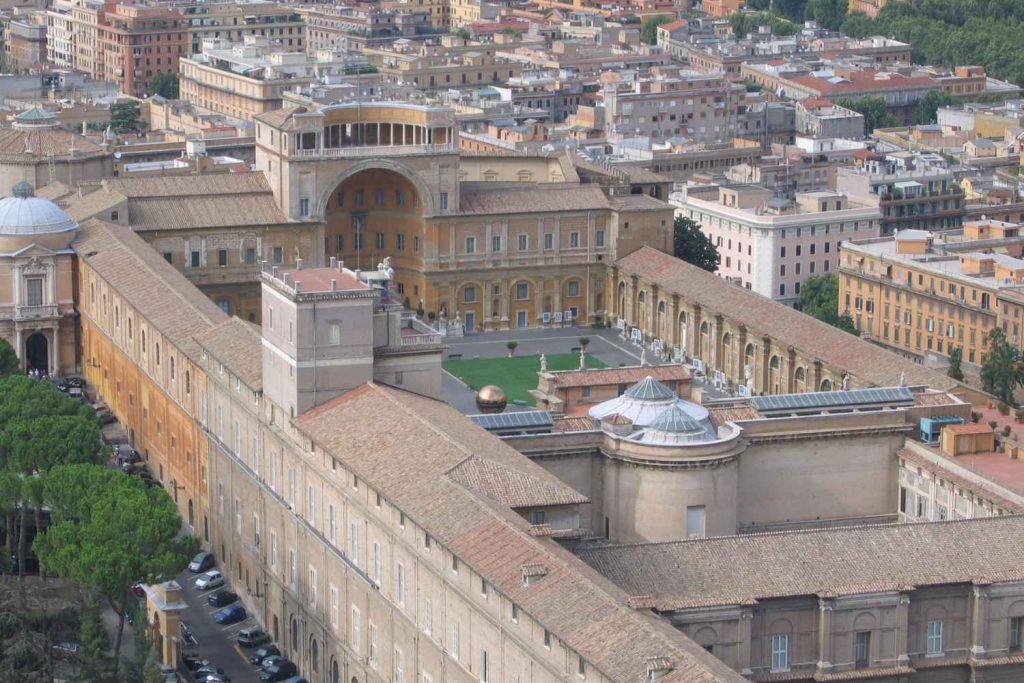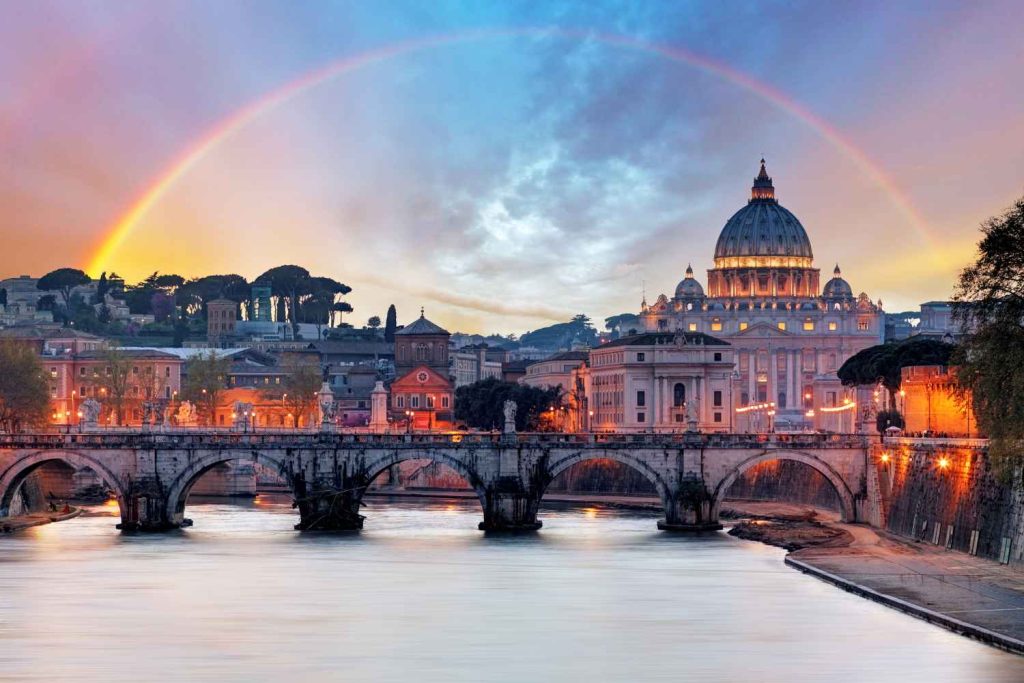Expert Tips for Mastering the Rome Metro: Navigating Efficiently and Avoiding Fines
Welcome to our guide on mastering the Rome Metro! Navigating the bustling streets of the Eternal City can be quite a challenge, but fear not, we’re here to help you make the most of your metro experience. Whether you’re a first-time visitor or a seasoned traveler, understanding the ins and outs of the Rome Metro system is essential for getting around efficiently and exploring all that this magnificent city has to offer.
In this article, we’ll provide you with all the tips, tricks, and insider knowledge you need to confidently navigate the Rome Metro. From ticketing options to deciphering the metro map, we’ve got you covered. We’ll also share some handy advice on avoiding the crowds, finding the best connections, and making the most of your time while exploring Rome’s iconic landmarks and hidden gems.
Ticketing Options
When it comes to navigating the Rome Metro, understanding the ticketing options is essential. The metro system in Rome is operated by ATAC, and they offer a variety of ticket options to suit different travel needs. Here are the key ticketing options to consider:
- Single Journey Tickets: This is the most basic ticket option, allowing you to travel on the metro for a single journey. These tickets are valid for 100 minutes from the time of validation, so you can also use them for other modes of transport within that time frame. Single journey tickets are priced at €1.50.
- Day Tickets: If you plan on exploring Rome extensively in a day, then a day ticket is a great option. With a day ticket, you have unlimited travel on the metro, buses, and trams within the city for 24 hours from the time of validation. Day tickets cost €7.
- CIS Tickets: For those staying in Rome for longer periods of time, a CIS ticket may be worth considering. The CIS ticket is a travel pass that can be used for unlimited travel on the metro, buses, and trams for consecutive days. The pricing varies based on the duration of the pass, ranging from €16.50 for 3 days to €24 for 7 days.
- Roma Pass: If you’re planning to visit many attractions in Rome, the Roma Pass could be a good choice. The Roma Pass offers free entry to the first two museums or archaeological sites of your choice, as well as discounted entry to other attractions. It also includes unlimited travel on the metro, buses, and trams for 48 or 72 hours, depending on the pass you choose. The 48-hour pass is priced at €28, while the 72-hour pass is priced at €38.
Remember, it’s important to validate your ticket before boarding the metro. Ticket validation machines are located at the entrance to the platforms. Failure to validate your ticket may result in a fine if you’re caught by the ticket inspectors.
With these ticketing options in mind, you’re well on your way to mastering the Rome Metro and making the most of your time exploring the Eternal City. So, grab your ticket and get ready to embark on an unforgettable journey through Rome’s transportation system.
Deciphering the Metro Map
Navigating the Rome Metro system can be a daunting task, especially if you are unfamiliar with the layout of the city. However, with a little guidance, you’ll be able to decipher the metro map and confidently plan your journeys around Rome.
Here are a few key points to help you understand and navigate the metro map:
1. Line Colors and Numbers: The Rome Metro consists of three main lines: Line A (orange), Line B (blue), and Line C (green). Each line is represented by a specific color to make it easier to identify on the map. Furthermore, the lines are assigned numbers (A, B, or C) to distinguish them from one another.
2. Interchange Stations: Some stations on the metro map serve as interchange stations, where you can switch between different lines. These stations are marked with a double circle symbol on the map. It is important to pay attention to these symbols when planning your journey and ensure you get off at the correct station for your transfer.
3. Direction of Travel: When looking at the metro map, pay attention to the direction of travel indicated on each line. The arrows on the map show the direction in which the metro trains are headed. Make sure to board the train that is going in the correct direction for your destination.
4. Station Names and Landmarks: Familiarize yourself with the names of the metro stations and their corresponding landmarks. This will help you identify your destination and plan your route more effectively. Many stations are named after famous landmarks or neighborhoods, making it easier to connect the dots and navigate the metro system with ease.
5. Printable Maps: If you prefer to have a physical copy of the metro map, you can easily find printable versions online. Having a printed map can be handy for quick reference and planning your journeys on the go.
When it comes to using the Rome Metro, planning your route in advance is crucial for a smooth and efficient journey. Here are a few tips to help you master the art of route planning:
- Research and Familiarize: Before you embark on your metro adventure, take the time to research the places you want to visit. Familiarize yourself with the metro lines and stations that will get you to your desired destinations. This will save you time and avoid any confusion along the way.
- Use Online Tools: There are several online resources and apps available that can help you plan your route on the Rome Metro. These tools provide detailed maps, up-to-date information on train schedules, and even suggestions for the fastest routes. Some popular options include Google Maps, Citymapper, and Moovit.
- Consider Interchanges: In Rome, you may need to change lines or stations to reach certain destinations. Pay attention to the metro map and identify the interchange stations that connect different lines. This will allow you to plan your route efficiently and minimize any unnecessary transfers.
- Peak Hours: To avoid crowded trains and long wait times, try to plan your journeys outside of peak hours. In Rome, peak hours are generally between 7:30 am to 9:30 am in the morning and 5:30 pm to 7:30 pm in the evening. By planning your route accordingly, you can have a more comfortable and stress-free metro experience.
- Alternative Routes: It’s always a good idea to have a backup plan in case of unexpected delays or disruptions on the metro network. Familiarize yourself with alternative routes or bus options that can get you to your destination if needed. This way, you won’t be caught off guard and can easily adapt to any changes.
Navigating the Rome Metro can be a breeze if you plan carefully and make smart choices. One important factor to consider is avoiding crowds, especially during peak hours. Here are some tips to help you steer clear of the masses and make your journey more enjoyable:
- Travel during off-peak hours: The Rome Metro tends to be less crowded during non-peak times, which are generally between 9:30 a.m. and 4:30 p.m., as well as after 8:30 p.m. on weekdays. If you have the flexibility, try to plan your travels outside of these busy periods.
- Consider alternative routes: Some metro lines in Rome can get congested, especially during rush hours. If possible, explore alternative routes that may have fewer crowds. This could involve taking a different line or using a combination of metro and other transportation options, such as buses or trams.
- Use online route planning tools: Before setting out, take advantage of online route planning tools like Google Maps or the official Rome public transportation website. These resources provide real-time updates on schedules, disruptions, and alternative routes, helping you find the least crowded options.
- Avoid popular tourist spots during peak times: If you’re heading to popular tourist destinations, such as the Colosseum or Vatican City, try to visit during off-peak hours. These attractions tend to be less crowded early in the morning or later in the evening. By aligning your visits with quieter times, you can avoid large crowds both on the metro and at the sights.
- Be aware of major events or holidays: Rome is known for its festivals, events, and holidays, which can attract large crowds and affect metro congestion. Do some research to find out if there are any major events taking place during your visit. Consider adjusting your plans accordingly to avoid unnecessary crowds.
By following these tips, you can minimize stress and make the most of your time in Rome. Remember, a well-planned journey not only saves you time and hassle but also allows you to experience the city in a more relaxed and enjoyable way.
Making the Most of Your Time
When visiting a city like Rome, time is a precious commodity. To make the most of your time exploring the city and its attractions, it’s essential to plan your journeys on the Rome Metro strategically. Here are some tips to help you navigate the metro efficiently and save valuable time:
- Research and Familiarize Yourself with the Metro Lines and Stations: Before setting out, take some time to understand the metro system in Rome. Familiarize yourself with the lines, their colors, and numbers, as well as the major stations along each line. This knowledge will help you navigate the system confidently and efficiently.
- Use Online Tools for Route Planning: Take advantage of online route planning tools to map out your journeys in advance. Websites and mobile apps like Google Maps or Moovit provide real-time information on the metro lines, schedules, and estimated travel times. By planning your routes in advance, you can avoid unnecessary detours and delays.
- Consider Interchanges: Rome has several interchange stations where different metro lines intersect. When planning your routes, consider using these interchange stations strategically. By selecting the right interchanges, you can minimize the number of transfers and streamline your journey.
- Avoid Peak Hours: To avoid the crowds and congestion, it’s best to travel outside of peak hours on the Rome Metro. Rush hours are typically from 8:00 AM to 9:30 AM and from 5:30 PM to 7:00 PM. By adjusting your schedule and traveling during off-peak times, you can enjoy a more comfortable and efficient metro experience.
- Have Alternative Routes in Your Back Pocket: While the Rome Metro is generally reliable, there may be occasional disruptions due to maintenance or unexpected incidents. It’s always a good idea to have alternative routes in mind in case of any disruptions. Stay informed about the metro’s operating conditions by checking official announcements or consulting local information sources.
By following these tips and making the most of your time on the Rome Metro, you can navigate the city efficiently and maximize your sightseeing opportunities. With careful planning, you’ll have more time to explore the beautiful historical sites, indulge in delicious gelato, and immerse yourself in the vibrant atmosphere of the Eternal City.
Conclusion
Navigating the Rome Metro can be a breeze with the right knowledge and preparation. In this guide, we have provided you with essential tips and insider information to help you make the most of your metro experience in the Eternal City.
From understanding the different ticket options to knowing how to validate them, we have covered all the necessary steps to ensure a smooth journey. Deciphering the metro map and familiarizing yourself with station names and landmarks will help you navigate the system with ease.
Planning your routes in advance and considering alternative options will save you time and hassle. By avoiding peak hours and crowded tourist spots, you can make the most of your sightseeing opportunities and enjoy a more relaxed journey.
Remember to take advantage of online route planning tools and printable maps for quick reference. Being aware of major events or holidays that may affect metro congestion will also help you plan your travels more strategically.
With these tips in mind, you are now well-equipped to master the Rome Metro and explore the city efficiently. Enjoy your time in Rome and happy travels!
Frequently Asked Questions
Q: What ticket options are available for the Rome Metro?
A: The Rome Metro offers various ticket options, including single journey tickets, day tickets, CIS tickets, and the Roma Pass.
Q: Do I need to validate my ticket before boarding the metro?
A: Yes, it is essential to validate your ticket before boarding the metro to avoid potential fines.
Q: How can I understand the metro map?
A: To understand the metro map, pay attention to line colors and numbers, identify interchange stations, and familiarize yourself with station names and landmarks.
Q: How should I plan my metro routes?
A: Plan your metro routes in advance, research and familiarize yourself with the metro lines and stations, use online tools for route planning, consider interchanges, and have alternative routes in case of disruptions.
Q: When is the best time to travel on the Rome Metro?
A: To avoid crowds, travel during off-peak hours, consider alternative routes, and avoid popular tourist spots during peak times. Be aware of major events or holidays that may affect metro congestion.
Q: How can I make the most of my time on the Rome Metro?
A: Plan strategically by maximizing sightseeing opportunities, avoiding crowds, and taking advantage of online route planning tools.
If you found this useful we have plenty more Rome Frequently Asked Questions to help you whether you are a first time visitor to Rome or you’re back for more.
More articles you might like...
You can find more great Rome content in the following categories;
All about Vatican City Commonly Asked Rome Questions Rome Accommodation Rome Food and Drink Rome History and Culture Rome Neighbourhoods Rome Tours and Must-See Attractions





